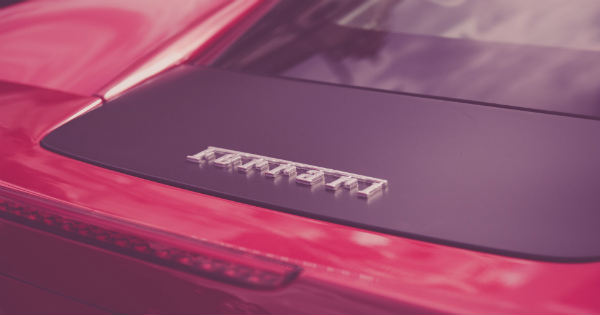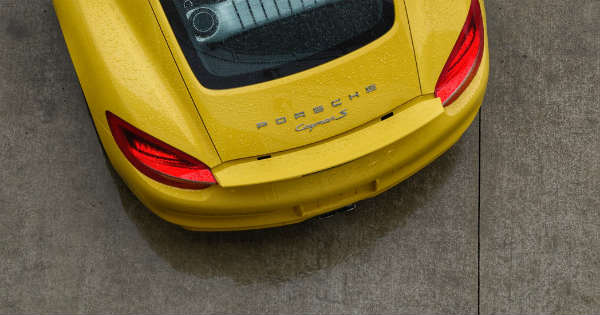In this age of technology, it seems like every day there’s a new trend sweeping the auto industry. Fuel efficiency, artificial intelligence, ride sharing, and electric power have all caught on and made their mark, but another trend has been growing steadily and has finally hit the mainstream: 3D printed vehicles. The manufacturing of cars has remained the same for so long that industry innovators and disruptors have turned the traditional methods of designing and building cars on their head with shocking success. 3D printing can reduce costs, eliminate redundancy, and revolutionize the manufacturing and automotive repair business -- better still, the opportunity is anyone’s to benefit from.

The 3D Advantage
A traditional 3D printer is only about 10 inches by 10 inches and is used primarily for small mechanical pieces in high tech gadgets, but in recent years we have seen incredible things like human organs being 3D printed in research labs. The 3D printing process make prototyping technology much more efficient, and cuts out material waste from human error and clumsy manufacturing lines. A car, which can have over 5,000 parts, is a perfect piece of technology to 3D print, and factories worldwide are now building large-scale 3D printing labs to create parts that are otherwise costly and difficult to machine by hand. While some traditionalists resist this intervention, many other car enthusiasts passionate about the latest trends have adopted the new technology with open arms.

Repairs and Safety
3D printing is also a golden opportunity for the repairs industry, as it allows specific pieces to be replicated exactly with little effort. A well-tuned 3D printer can produce pieces of classic cars that are out of production and difficult to source, or it can use less expensive materials to create more common parts at a lower cost. 3D printing can also create an entire chassis in one single print, which can offer a structural integrity that traditional manufacturing can’t. And, because 3D printing instructions and plans can be shared virtually with the click of a button, expensive and time consuming shipping is no longer a necessity to get all the parts needed for a repair.

Success Stories
One of the first 3D printed street-legal cars to hit the market was the Strati, manufactured by the Arizona-based company Local Motors. The Strati is made of only 9 parts and can be printed and assembled in 2 days. The car’s battery has a range of 120 to 150 miles, and is totally road-safe. While the aesthetic design of the car is a matter of opinion, the Strati was the trailblazer for companies considering 3D printing, and since its release in 2014, many car manufacturers have jumped on board. The most exciting recent development is the Divergent Blade, a 3D printed sports car that uses lasers to melt aluminum to print the car in metal, whereas other had been made of carbon fiber and other strong plastics. The Blade can reach 700 horsepower and is a competitive vehicle in the market now.
Manufacturers willing to adopt 3D printing as a tool have the chance to make their production lines more efficient, less expensive, and capture the market of tech-heads chasing the latest trends. Traditionalists and restorers can also take advantage by making parts they can’t source quickly to the exact specs necessary for the car they’re working on. While the industrial printers needed to make an entire chassis in one go are nearly 10 meters long, smaller parts or larger plans can be made by any at-home engineer with a laptop and a few hours!

